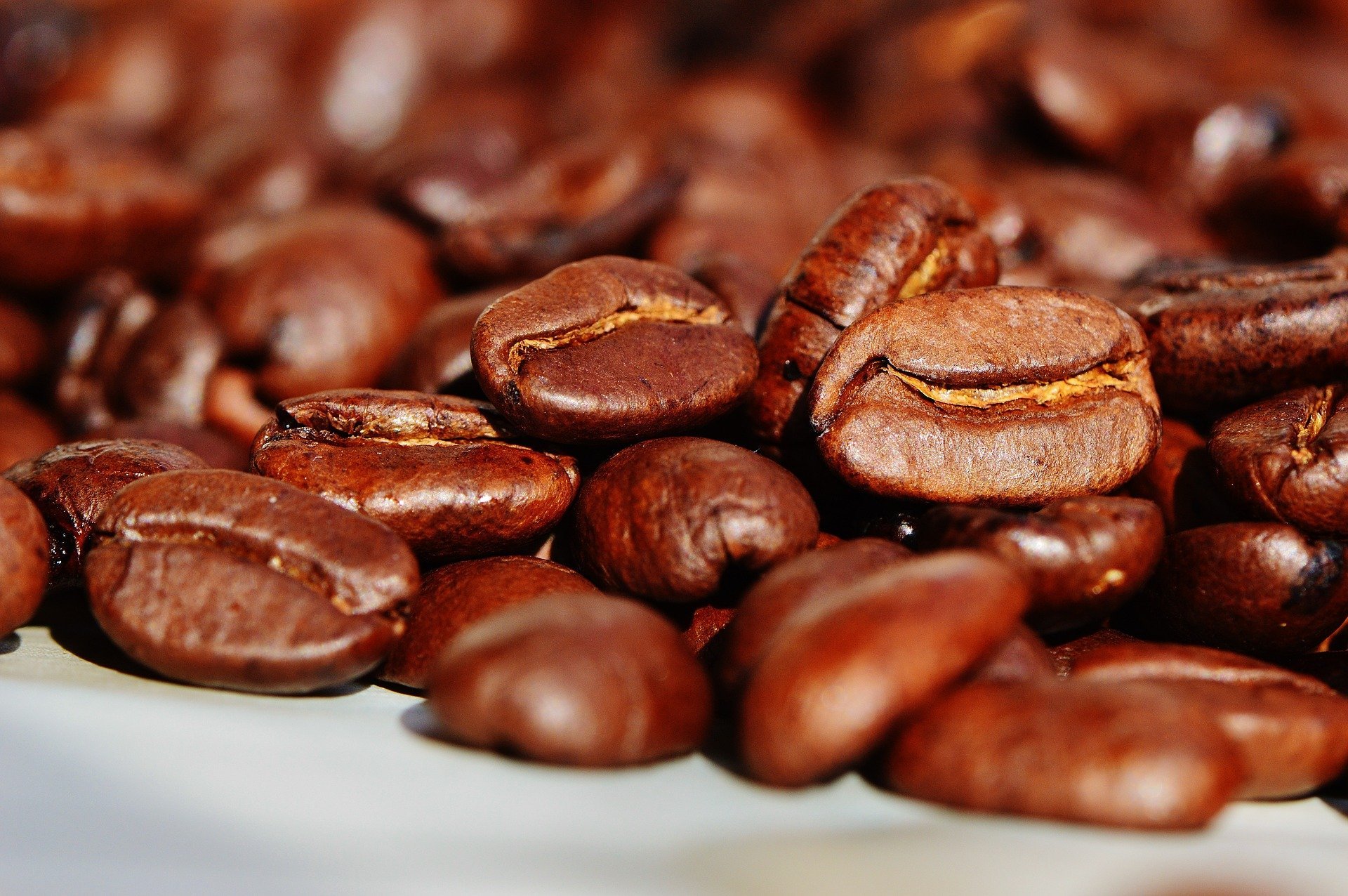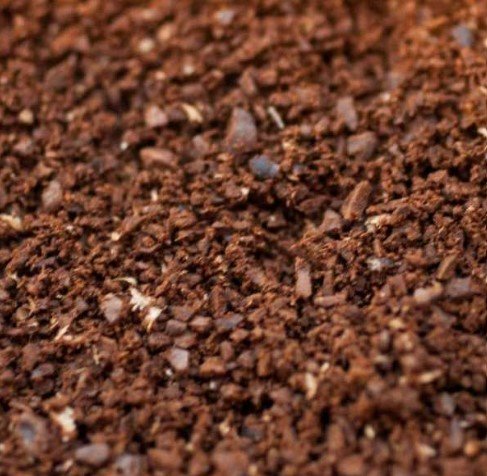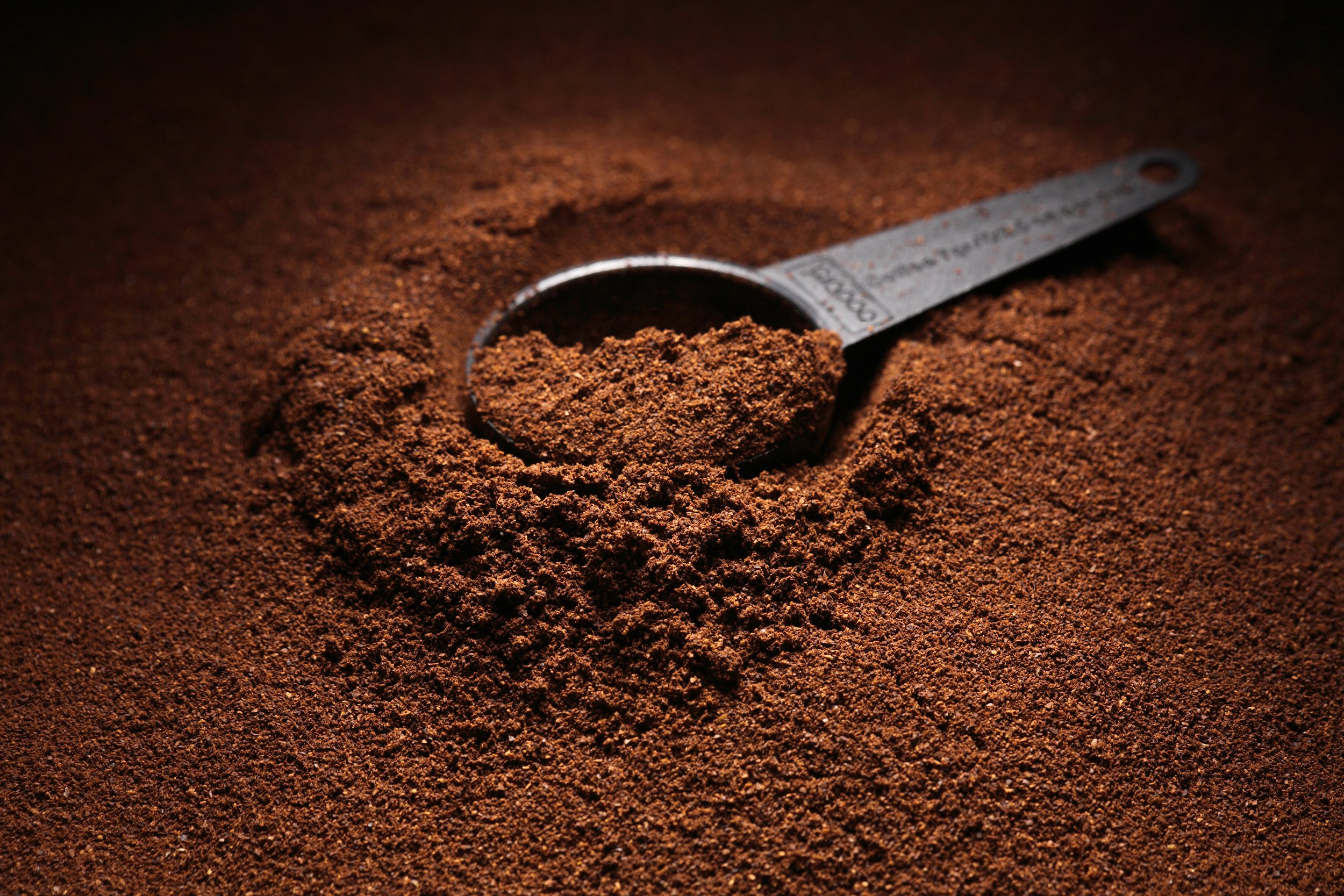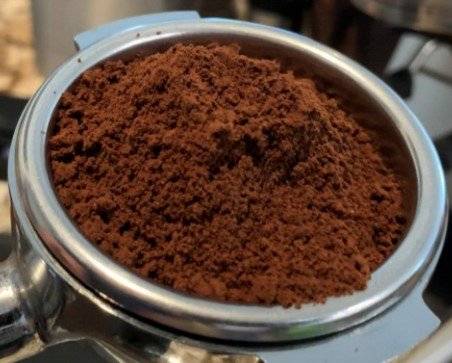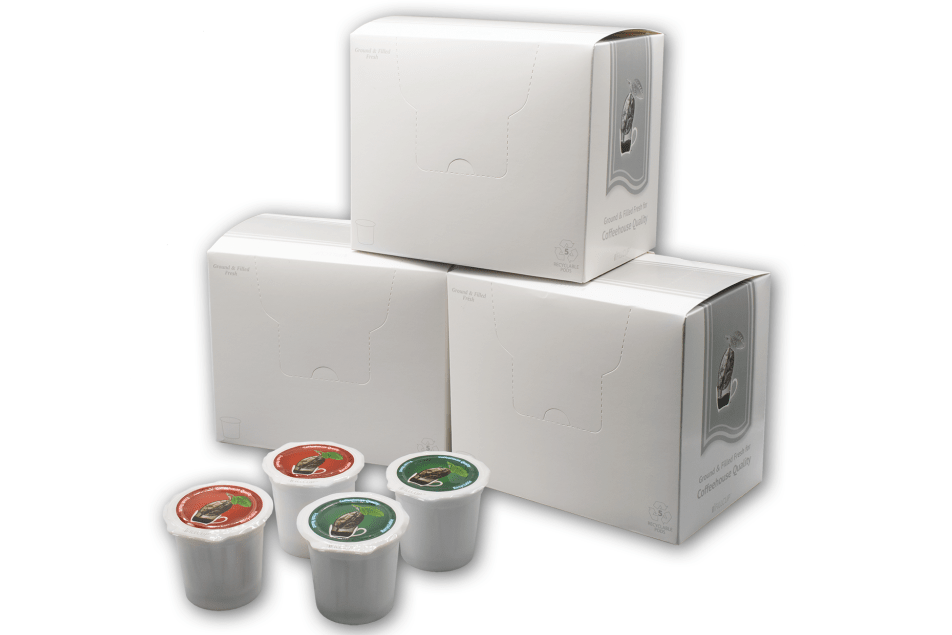Brazil: Mogiana Guaxupe
Tasting notes:
A very fresh and tasty Brazil! Best from medium to dark roasts. Lighter roasts show a sweet edge with lemon, floral & soft fruit, contrasted by a nuttier (almond like) darker undertone. With a little setup, the tones will combine to provide hints of caramel, a very tasty cup, especially for the price. Lighter roasts will throw some herbal tones, but just a little darker and it will taste clean and defined. Medium roasts are richer, more of a developed chocolaty tone, and decently less nutty; mutes up the sour floral edge, retains a little hint of soft fruit as the cup cools. Fairly neutral tasting and very chuggable. Darker promotes a thicker body and introduces a slightly bitter contrast that works very well for espresso.
Roasting Notes:
A nice large screen, fairly even roasting bean (will see a couple beans lighter than the others). Medium to high chaff. Avoid light roasts unless you like sharper cups, quite tasty but will have a little acidity which many Brazil fans will shy away from. Most will like it best at a medium roast, especially for single origin drinking, or into the darker roasts for blending.
Tasting notes:
A very fresh and tasty Brazil! Best from medium to dark roasts. Lighter roasts show a sweet edge with lemon, floral & soft fruit, contrasted by a nuttier (almond like) darker undertone. With a little setup, the tones will combine to provide hints of caramel, a very tasty cup, especially for the price. Lighter roasts will throw some herbal tones, but just a little darker and it will taste clean and defined. Medium roasts are richer, more of a developed chocolaty tone, and decently less nutty; mutes up the sour floral edge, retains a little hint of soft fruit as the cup cools. Fairly neutral tasting and very chuggable. Darker promotes a thicker body and introduces a slightly bitter contrast that works very well for espresso.
Roasting Notes:
A nice large screen, fairly even roasting bean (will see a couple beans lighter than the others). Medium to high chaff. Avoid light roasts unless you like sharper cups, quite tasty but will have a little acidity which many Brazil fans will shy away from. Most will like it best at a medium roast, especially for single origin drinking, or into the darker roasts for blending.
Tasting notes:
A very fresh and tasty Brazil! Best from medium to dark roasts. Lighter roasts show a sweet edge with lemon, floral & soft fruit, contrasted by a nuttier (almond like) darker undertone. With a little setup, the tones will combine to provide hints of caramel, a very tasty cup, especially for the price. Lighter roasts will throw some herbal tones, but just a little darker and it will taste clean and defined. Medium roasts are richer, more of a developed chocolaty tone, and decently less nutty; mutes up the sour floral edge, retains a little hint of soft fruit as the cup cools. Fairly neutral tasting and very chuggable. Darker promotes a thicker body and introduces a slightly bitter contrast that works very well for espresso.
Roasting Notes:
A nice large screen, fairly even roasting bean (will see a couple beans lighter than the others). Medium to high chaff. Avoid light roasts unless you like sharper cups, quite tasty but will have a little acidity which many Brazil fans will shy away from. Most will like it best at a medium roast, especially for single origin drinking, or into the darker roasts for blending.
MORE INFO: A lovely Brazil arrival. Smooth, clean and rich, these beans make an awesome single origin cup, or blend base. This is a Fine Cup (FC) and Strictly Soft (SS), the highest cup category in the Brazilian coffee grading.
As the world’s largest coffee producer, Brazilian lots often come from larger estates that use highly mechanized processing strategies to manage larger volumes. The Mogiana region, split between the states of São Paulo and Minas Gerais, is the most renowned of three major Brazilian growing regions. This region has rolling hills and uneven terrain lending to farms that are small to medium in size.
This particular lot comes from Cooperativa Regional de Cafeicultores em Guaxupé (Cooxupé), which was established in 1937 and currently has 14,000 active members. Producers typically have farms that average 60 acres in size. Each producer cultivates and harvest their own cherries and places them on patios to dry to 15 percent moisture after which the coffee is moved to mechanical driers to precisely finish the drying to 11 percent moisture. Coffee is carefully stored until it is time for milling and export, which all takes place at the Cooxupé dry mill where traceability and quality control are carefully managed so each producer can be paid according to the quality of their coffee.
The Truth About Caffeine




